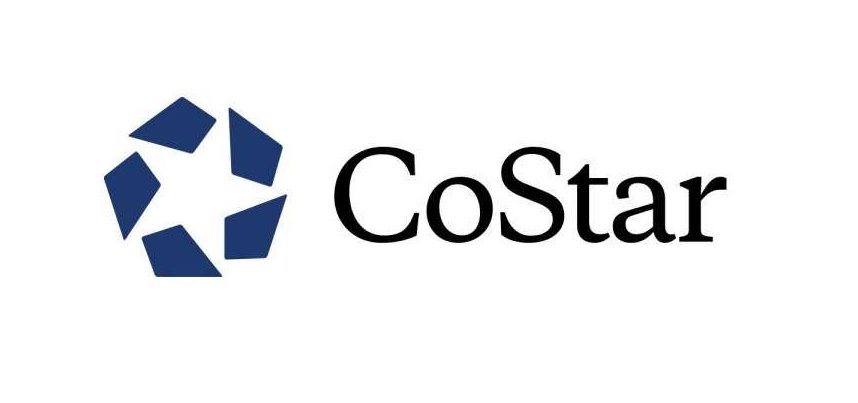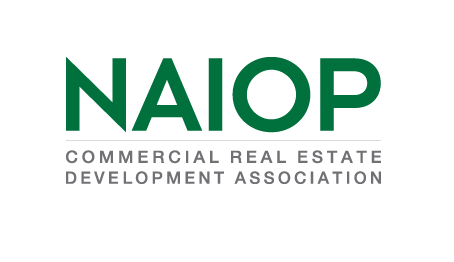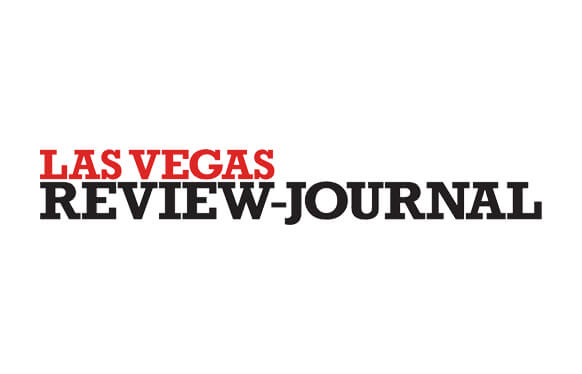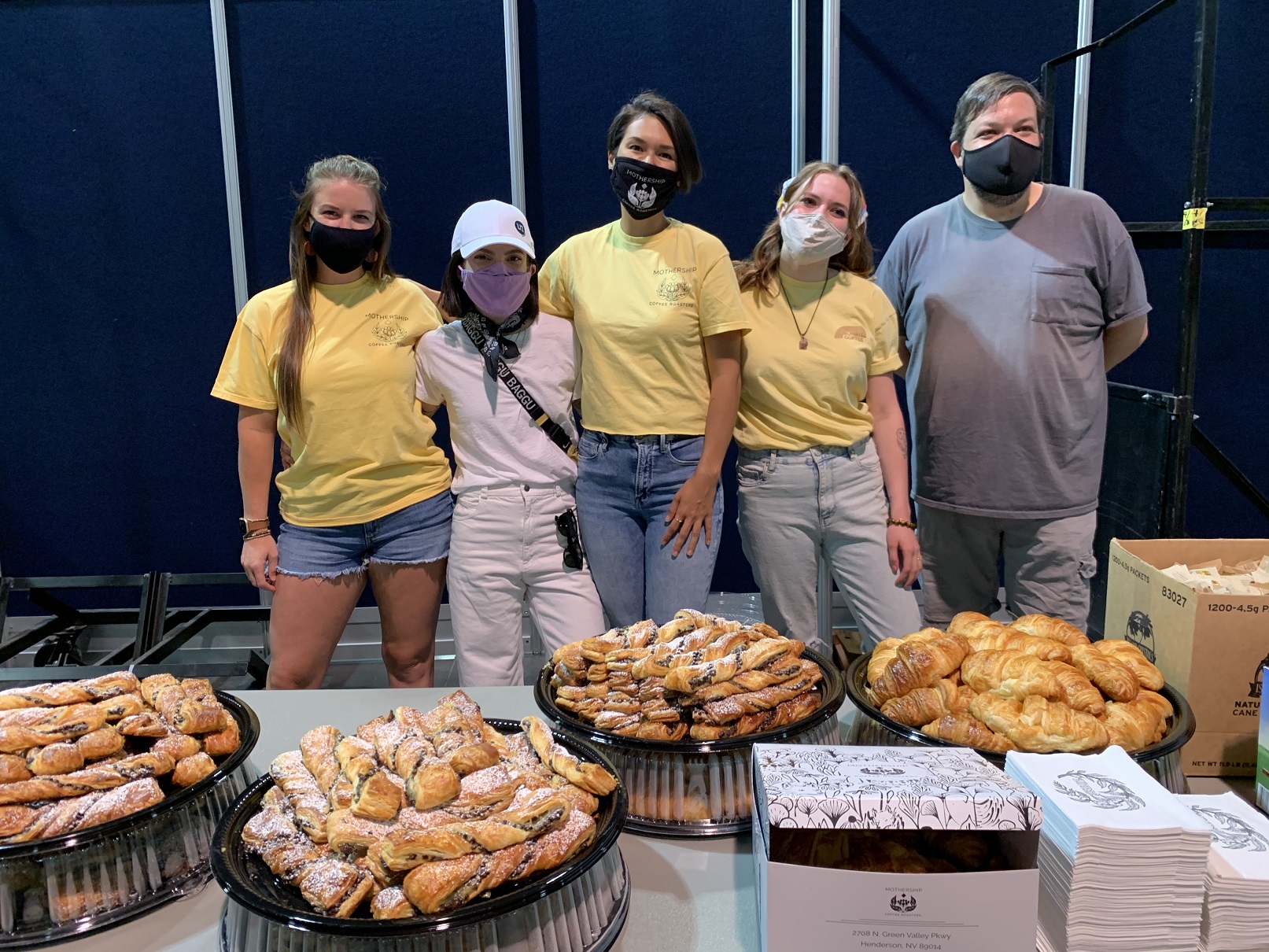It’s an indelible reminder of how climate change and drought have affected Southern Nevada: the 140-foot “bathtub ring” at Lake Mead — the source of 90 percent of our community’s water — tells one side of a story about the fragile nature of living in the driest city in the driest state in the country.
With the lake at its lowest level since it began filling after the completion of Hoover Dam in the 1930s, the bathtub ring also physically underscores an expected move by the federal government to declare shortage conditions in the Colorado River Basin that will reduce Southern Nevada’s water supply by seven billion gallons a year beginning in January 2022.
But there’s another side to the story, one where the entire community plays a role in conserving water—while striving to maintain a sustainable and vibrant economic future for the Las Vegas Valley.
For more than two decades, the Southern Nevada Water Authority (SNWA) has developed and implemented a myriad of water-conservation programs and policies for residents and businesses alike that have yielded, and continue to yield, impressive water savings. And with the federal shortage declaration imminent, these programs are taking on heightened significance in the coming months and years.
Through SNWA’s Water Efficient Technologies (WET) program offered to the business community since 2001, participating businesses in the WET program have saved more than 19 billion gallons of water.
It’s time for us all to play our part in conserving one of Earth’s most valuable resources. Community is at the center of everything we do at UnCommons and few causes are more important than protecting our literal lifeline – water.
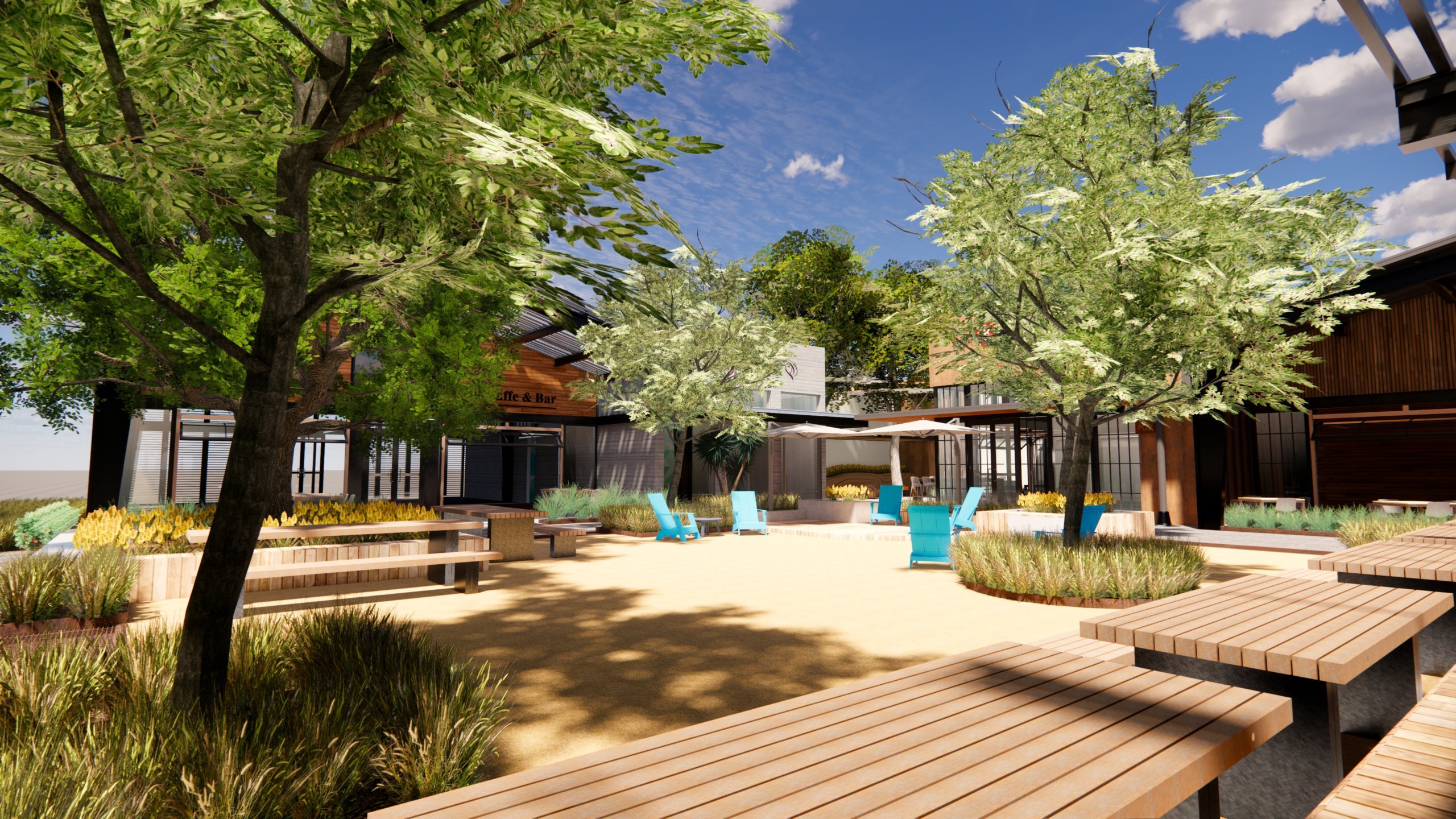
As we’ve designed the exterior at UnCommons, we’ve done a number of things in effort to earn the coveted SNWA Water Smart Hero title:
- We feature drought-tolerant species adapted to Las Vegas’ varied climate, a majority of which use minimal waterto reduce irrigation
- Plants are grouped in hydrozones for watering compatibility. Most groups need low water and medium-waterplants are used sparingly
- Irrigation valve zoning has taken sun and shade exposure into consideration to minimize evaporation
- The irrigation controller automatically adjusts runtime schedules as the weather changes
- The ‘smart’ controller will maximize waterefficiency, using only what is necessary by the on-site conditions
- The irrigation controller is complimented with a rain sensor to shut-down irrigation system during rain event
- Rock mulch is installed in all planting areas to reduce evaporation
- Planting and trees are irrigated with subsurface drip line irrigation, which has an irrigation efficiency of about 90%
- Synthetic turf area will have no run-off or overspray
- Irrigation control system uses a master control valve and flow sensor to provide additional management and safety shut-off should there be any abnormal flow conditions (leaks, breaks in pipes, blown out fittings, etc.)
We invite those at residential properties to join the cause with these few easy, and money saving, ways:
- Banish grass with water-smart landscaping and earn a rebate $3 square feet
- Fight leaks with a smart leak detector that finds hidden leaks, then pings your phone, and get a rebate of up to $200
- Command your landscape watering with a smart controller that adjusts watering with your phone, and earn a rebate of up to $100
Find details on these Water Smart Landscaping Rebates and other helpful resources, including Water Smart landscapers, on the SWNA website.
The SNWA is doing its part too and has identified about 4,000 acres of non-functional, unused grass in the Las Vegas Valley. Replacing this grass with water-efficient landscaping will save more than 9.5 billion gallons of water annually, about 10% of the community’s total water supply –more water as all resort hotels along the Las Vegas Strip.
While drought and climate change continue to pose challenges for the foreseeable future, UnCommons stands by the SNWA in the commitment to maintain a viable, sustainable water supply for the entire Southern Nevada community.


